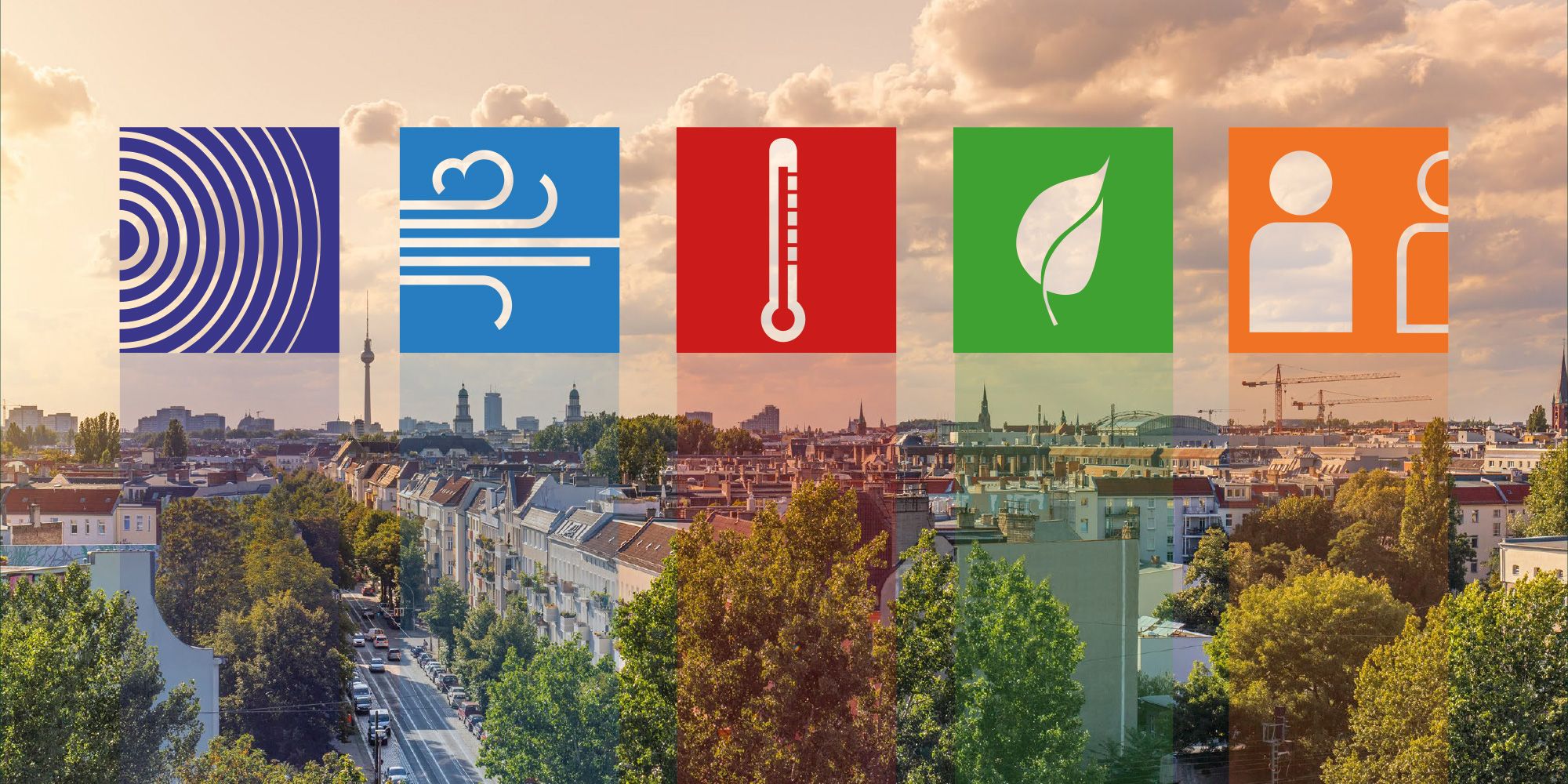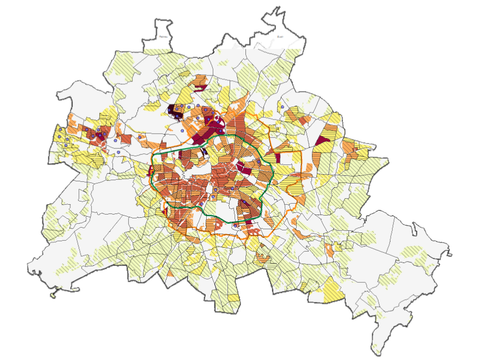In interdepartmental collaboration and with support from the Office for Statistics, in July 2022, the updated Environmental Justice Atlas came out for Berlin. Because of a few changes in methodology, it has only limited comparability with the original report of 2019, but does show one thing: an agglomeration of potentially harmful environmental burdens particularly affects people of low social status index. What’s more: environmental justice is not just a topic in the dense inner city; peripheral areas are also heavily affected by multiple burdens.
Current language: English
Environmental Justice

Image: AdobeStock/Maurice Tricatelle / Collage: SenMVKU
Contact
Senate Department for Urban Mobility, Transport, Climate Action and the Environment
Unit for Environmental Policy
Christina Koglin-Fanenbruck

